In 1548, Katherine Parr died of childbed fever. Thomas Seymour had already gained a reputation for something that had happened between himself and Elizabeth Tudor, leading to Elizabeth leaving the home of Katherine Parr. Frances didn’t trust the king’s uncle and wanted Jane to come home. Thomas argued that he had the legal wardship and Frances had no choice but to send Jane back to him. Thomas did continue to uphold his end of the deal previously made to arrange a marriage between Edward Tudor and Jane Grey.
By this time, though, King Edward didn’t trust his uncles. Within the next few years, both the Seymours would be executed for treason. Frances needed to change her plans to get the best for her daughter. The next events are probably ones that she never thought possible and probably didn’t really want at first.
After the execution of Edward Seymour, John Dudley became Lord Protector. The Grey family quickly aligned themselves to him, knowing it was for the best. Maybe he could help arrange a wealthy marriage. Dudley had other plans though and helped his own family rise in power. Jane was married to his fourth son, Guildford Dudley.
Guildford was definitely not the match the Greys hoped for and there were disagreements. The crown would end up in the hands of Dudley’s family and not remain in their own, which was something they didn’t really want to happen. However Edward VI supported the match and Frances and her husband had to give in. Lady Jane Grey was married to Guildford Dudley in 1553.
The events were really a scheming plot for John Dudley. He found a way to get a member of his family on the throne. Now all he had to do was work on Edward VI. Edward didn’t want the crown to pass to his Catholic half-sister, Mary, and didn’t believe that women could rule the country. There was also the fact that Mary and Elizabeth had both been declared illegitimate, which meant that they shouldn’t be able to be monarchs. Only the will of his father stood in the way. When Edward realised that he was going to die without an heir, he needed to make changes to his father’s preferred line of succession. This all led to Lady Jane Grey becoming queen for nine days. Did Frances Brandon have anything to do with that? Not completely. She was third in line to the throne before her daughter. She felt cheated that the crown would not pass to her. In the end, she had to do the best for her family and allow herself to be skipped over.


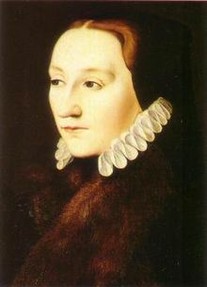 It would seem surprising that Frances would scheme to put her daughter on the throne when you look into her past. She grew up close to her mother, Mary, and aunt, Catherine of Aragon. This led to her being a close friend of her cousin, Mary Tudor, who would later become Mary I of England. Mary and Frances just had a year difference in their ages, which helped them to forge such a strong friendship. Their mothers also had a same dislike to Anne Boleyn.
It would seem surprising that Frances would scheme to put her daughter on the throne when you look into her past. She grew up close to her mother, Mary, and aunt, Catherine of Aragon. This led to her being a close friend of her cousin, Mary Tudor, who would later become Mary I of England. Mary and Frances just had a year difference in their ages, which helped them to forge such a strong friendship. Their mothers also had a same dislike to Anne Boleyn.



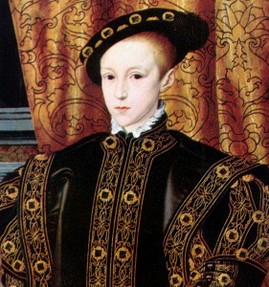 In the Tudor times, it was common for parents to use their daughters as political pawns. They wanted to gain something from the marriage of their daughters. It wasn’t Frances and Henry Grey simply conspiring to get their daughter on the throne. They wanted the best for her and working with Lord Thomas Seymour, Edward VI’s uncle, was the best way of getting that. They worked with him to arrange a marriage between Jane and the king.
In the Tudor times, it was common for parents to use their daughters as political pawns. They wanted to gain something from the marriage of their daughters. It wasn’t Frances and Henry Grey simply conspiring to get their daughter on the throne. They wanted the best for her and working with Lord Thomas Seymour, Edward VI’s uncle, was the best way of getting that. They worked with him to arrange a marriage between Jane and the king.



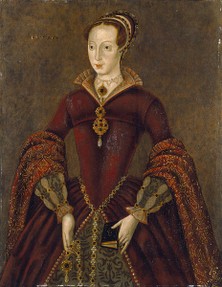 Frances’ daughter’s reign was a short one to say the least. Jane ruled for 13 days—she is known as the Nine Day Queen taken from the date of her coronation. It took 13 days for Mary to learn of her brother’s death and ride to London, with Elizabeth and a number of supporters in tow, to depose the traitor.
Frances’ daughter’s reign was a short one to say the least. Jane ruled for 13 days—she is known as the Nine Day Queen taken from the date of her coronation. It took 13 days for Mary to learn of her brother’s death and ride to London, with Elizabeth and a number of supporters in tow, to depose the traitor.




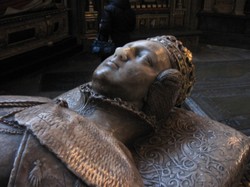

 Alternate History: What If Mary I Had a Child?on 01/26/2015
Alternate History: What If Mary I Had a Child?on 01/26/2015
 Francis II of France Dies: Mary, Queen of Scots Returns Homeon 12/05/2014
Francis II of France Dies: Mary, Queen of Scots Returns Homeon 12/05/2014
 Does Writedge Pay? Payment Proofon 12/03/2014
Does Writedge Pay? Payment Proofon 12/03/2014
 Alternate History: What If Lady Jane Grey Was Not Deposed?on 11/11/2014
Alternate History: What If Lady Jane Grey Was Not Deposed?on 11/11/2014

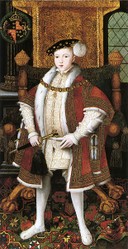
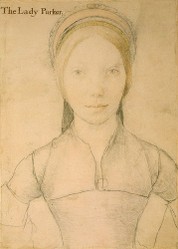
Comments